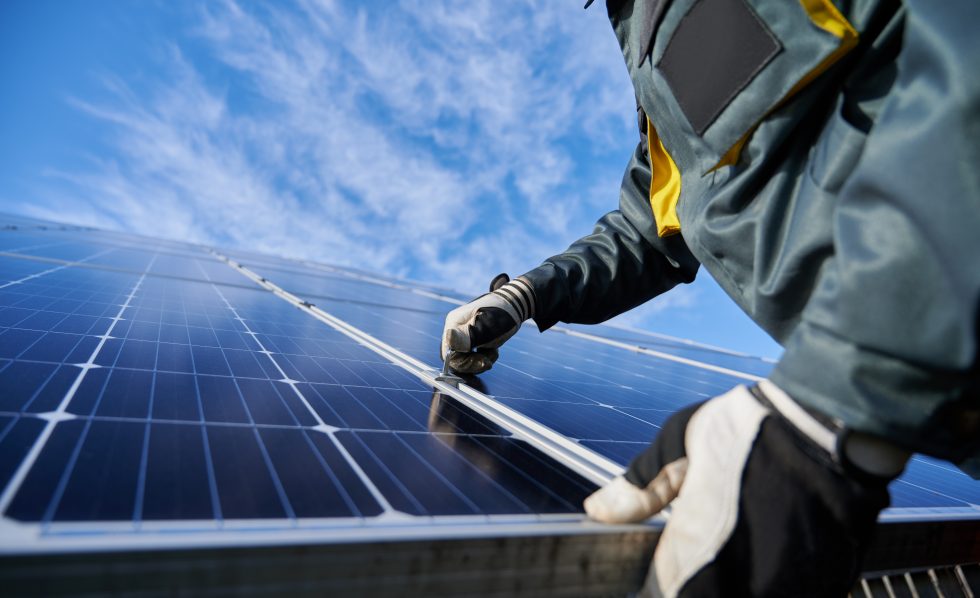Statement from Clean Wisconsin Climate, Energy and Air Program Director Chelsea Chandler
“An investment in clean energy is an investment in vibrant Wisconsin communities. Wisconsin imports every bit of coal, gasoline and heating gas we use, pouring more than $14 billion dollars out of our state every year and putting us at the mercy of volatile global prices. Prioritizing efficiency and shifting to homegrown renewable energy will keep money and jobs right here, and the Governor’s Clean Energy Plan is a vital piece of Wisconsin’s transition to energy independence. Our clean energy workforce is already 76,000 strong and growing. Now is the time to invest in that momentum, building an even more robust clean energy workforce, prioritizing cost-saving efficiency, and embracing technology that will move our state forward.
Clean Wisconsin is pleased to have served as an active member of an advisory group that helped shape Gov. Evers’ Clean Energy Plan. The Governor is listening to the people of Wisconsin, creating a roadmap that will drive the transition to clean, efficient energy in our state, starting immediately and accelerating into the future. Building on the Governor’s Task Force on Climate Change recommendations, the plan draws from the suggestions received from residents, businesses, utilities, labor groups, and environmental justice advocates from every corner of the state. The Clean Energy Plan is a tool for galvanizing these important clean energy strategies into action.
The plan’s commonsense measures to cut energy waste translate to more money in our pockets. Constructing buildings based on a stronger energy code will save renters, homeowners, and businesses money that they can reinvest in our communities. Focus on Energy, our statewide energy efficiency and renewable resource program, creates over $5 in economic benefits for every $1 invested, and studies demonstrate there’s much more potential we can tap with the program. Enabling a green bank and third-party solar financing will leverage private capital to finance technologies that will help Wisconsin families and businesses transition to renewables faster. Accelerating the shift to electric vehicles, in tandem with a transition to carbon-free electricity, will eliminate local pollution in communities already overburdened with asthma and other chronic illnesses. Expanding community solar programs will open doors for more Wisconsin families and businesses to reap the benefits of local renewable energy.
We cannot afford to delay implementing these cost-effective, clean energy solutions. Wisconsinites are already paying the price of inaction on climate change. Farmers are struggling with waterlogged soils that delay spring planting and slow fall harvests. Hotter summers and milder winters threaten some of Wisconsin’s most cherished recreational traditions like fishing and skiing. Cities and rural areas alike are contending with historic floods that disrupt travel, damage houses, and contaminate drinking water. Extreme heat kills more people in Wisconsin than all other weather disasters combined. We need to act boldly and swiftly to mitigate these heavy costs to our society.
The Clean Energy Plan is an important guide for driving clean energy solutions, born of a collaboration of people from all walks of life who share a common goal – achieving 100% carbon-free electricity by 2050. Now we need those with the power to act – state agencies, utilities, and the legislature – to implement these critical solutions and create the energy-independent Wisconsin all our communities deserve.”

